Is REHIT the New HIIT? This Simple Exercise Will Help You Look Better and Improve Cardiovascular Fitness Fast, Says Dave Asprey

Move over high-intensity interval training – there's a new get-fit-quick workout in town. While HIIT has been the gold standard of efficient and effective exercises for several years, Dave Asprey, health science entrepreneur, bestselling author, and the Father of Biohacking maintains that there is a next-level workout that will help get you in shape fast. Here is everything you need to know about REHIT, his workout of choice.
REHIT Stands for Reduced-Exertion High Intensity Training

"REHIT, or reduced-exertion high-intensity training, is a powerful way to improve your fitness levels," explains Asprey.
It Improves Your Cardiovascular Fitness

He points out that studies show that this type of training improves your VO2 max, "a way to measure your cardiovascular fitness," significantly more than a regular cardio exercise in a fraction of the time, "about 15 minutes per week, to be exact," he adds.
Related: I Lost 40 Pounds in 1 Month and This is My Grocery List
Start by Warming Up on a Bike
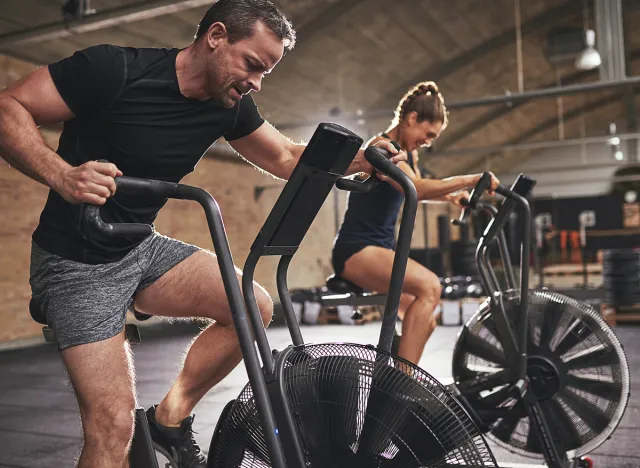
He explains how to do it. Star on a stationary bike. "You warm up very slowly for 2 minutes," Asprey instructs.
Turn Up Resistance and Sprint for 20 Seconds
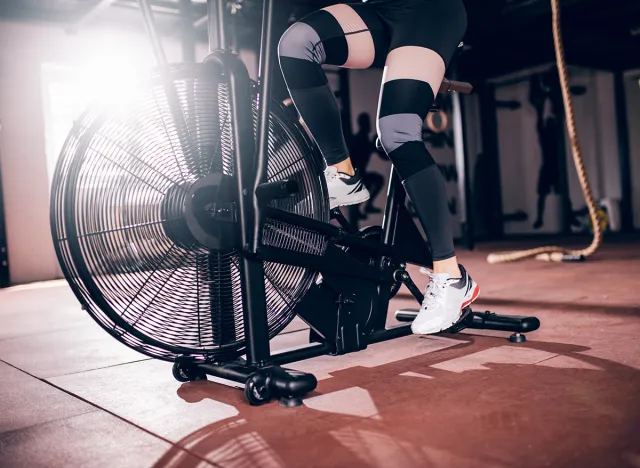
Then, "at the end of those 2 minutes, turn up the resistance instantly and do an all-out sprint for 20 seconds," he says.
Then, Drop Resistance and Slow Cycle for 3 Minutes
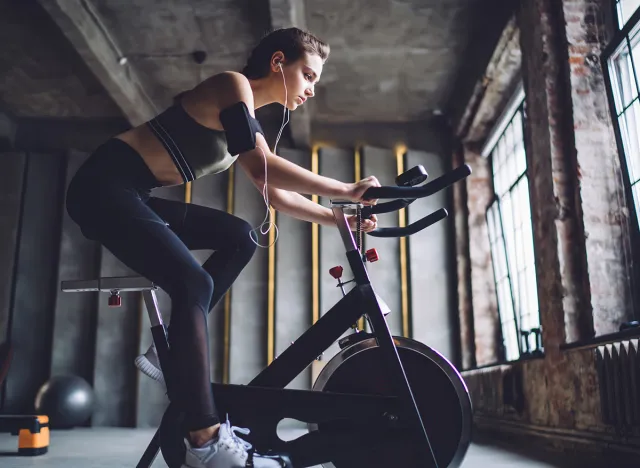
Then, drop down the resistance and go back to a very slow cycle for three minutes, Asprey continues.
Sprint Again
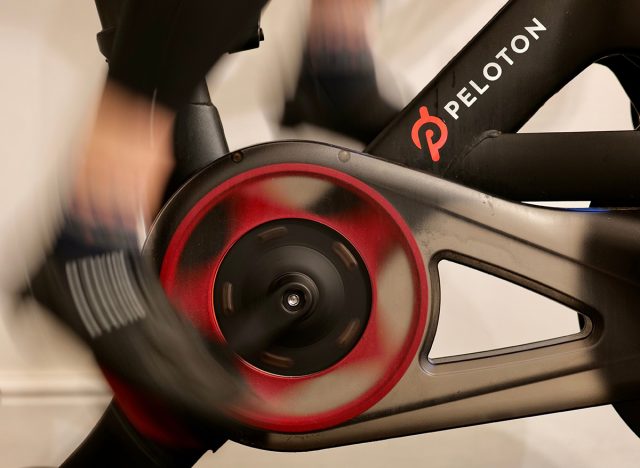
"After those three minutes, you do another 20-second all-out sprint at max resistance," he says.
Cool Down
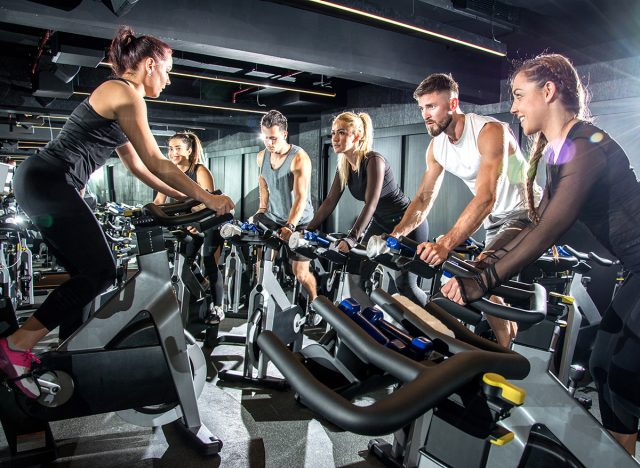
You are almost done! Turn down resistance, and "then you cool down for 3 minutes," he says.
Do the Workout Three Times a Week
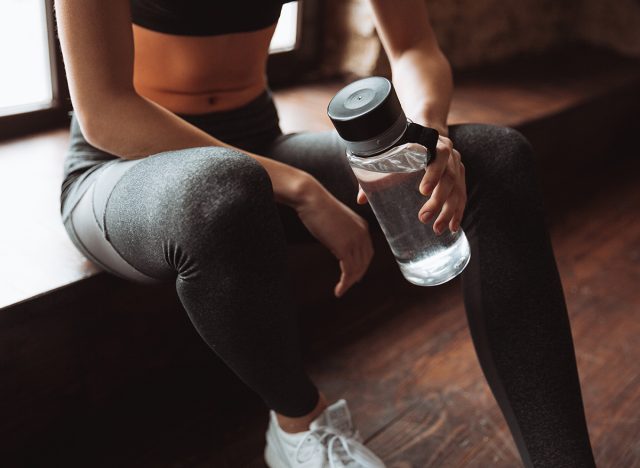
How many times should you do the workout? "You'll want to do this three times per week," Asprey recommends.
He Offers the Workout at His Upgrade Labs
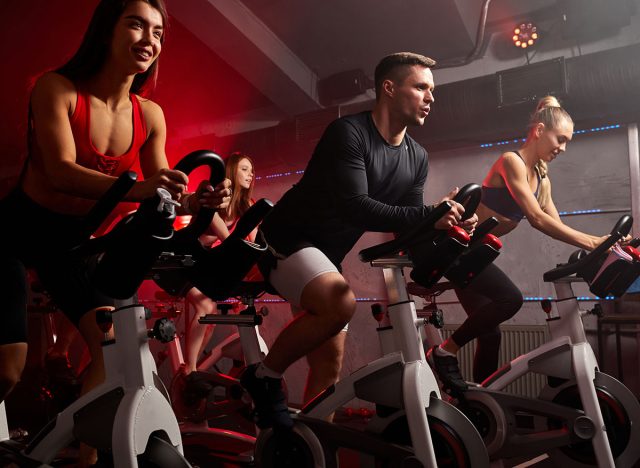
"You can do the real deal at Upgrade Labs, my human upgrade facility. Our AI-powered bike gives you a customized workout that yields the best results in the least amount of time, tailored to your specific fitness level. We also track your progress and help you make changes so you can achieve your desired outcomes," Asprey says.
Related: 11 Ways to Shrink Your Belly by a Trainer to the Stars
He Wants to Make His Facilities Accessible to Everyone

"My goal is to make these facilities accessible to everyone, and we are currently in the process of opening up locations across the US," he concludes.
💪🔥Body Booster: If you are a fan of HIIT workouts, try REHIT.




